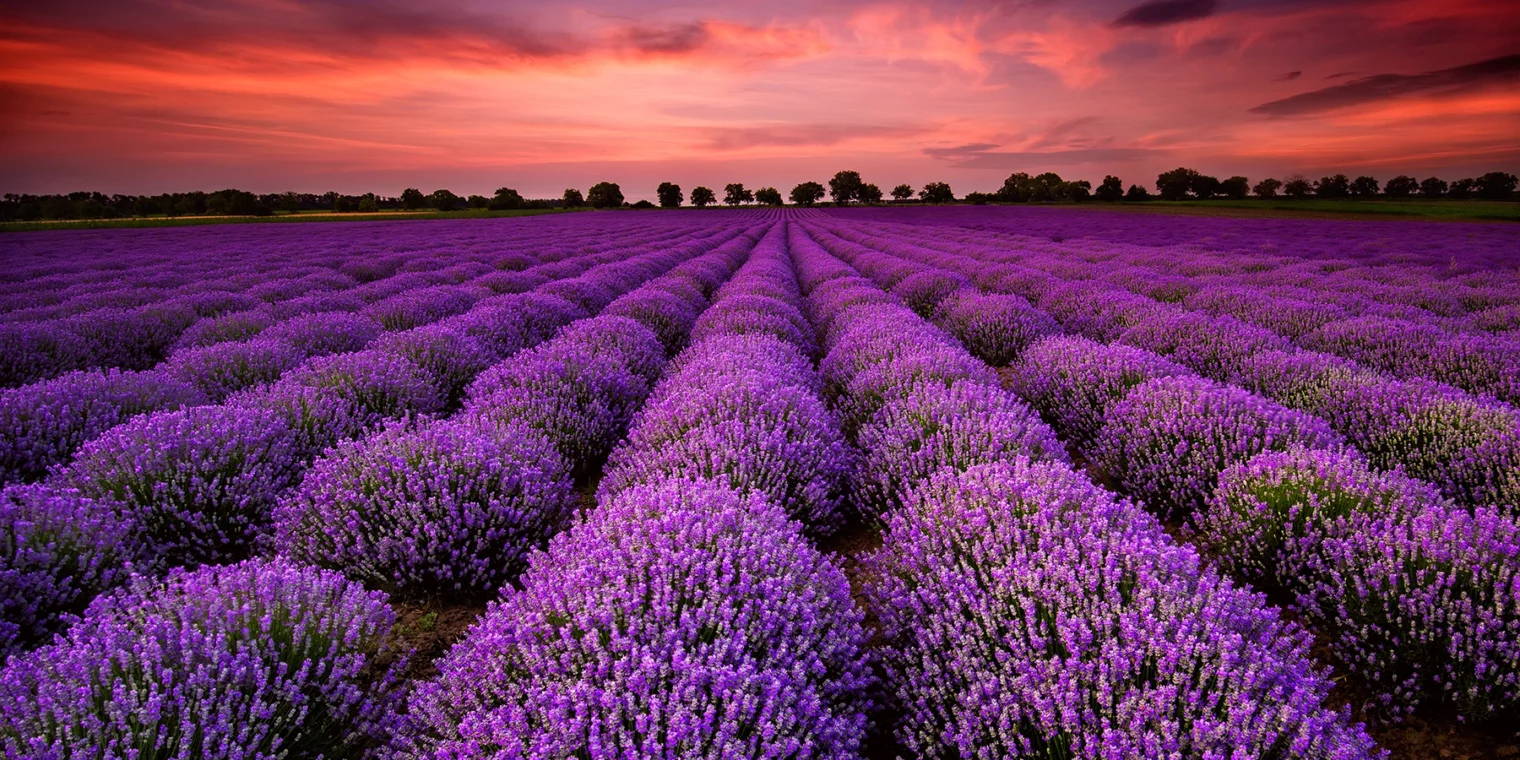Images are an essential part of any website. However, images uploaded to a website can easily have massive file sizes, which can be a significant factor in the performance of your website. Image optimization, the process of reducing an image’s file size without compromising its quality, is essential for SEO and website performance. Here we will review the importance of image optimization for website performance and provide tips for optimizing images for SEO and site performance.
Why is Image Optimization Important?
- Page Load Speed: Images that need to be optimized can increase the page load time of a website. If your site loads slowly, your user experience will suffer; a slow site loses customers’ interest quickly. Page load speed is also a ranking factor for SEO, which means that a slow-loading website may rank lower.
- User Experience: Images are essential in creating an engaging and visually appealing website. High-quality images can increase users’ time on a website and improve their overall experience.
- Accessibility: Images not optimized can create accessibility issues for users with visual impairments. Optimizing images can make them more accessible by reducing their file size and adding alternative text descriptions.
Tips for Image Optimization
Choose the Right File Format
There are three typical image file formats: JPEG, PNG, and GIF. Each type has strengths and weaknesses, and choosing the suitable file format can help optimize images for web performance.
- JPEG (Joint Photographic Experts Group) is a good option for photographs and images with many colors. JPEG images are compressed to a small size without losing much quality.
- PNG (Portable Network Graphics) is a good option for images with a transparent background or fewer colors. PNG images are usually larger than JPEGs but do not lose quality when compressed.
- GIF (Graphics Interchange Format) is a good option for simple animations and images with few colors. GIF images are small and load quickly but are unsuitable for complex graphics.
Compress Images
Image compression aims to reduce the file size without losing image quality. Photoshop, GIMP, and online tools like TinyPNG and Compressor.io are all great tools that can be utilized for image compression. Compressed images can significantly reduce the page load time of a website and improve its overall performance.
Resize Images
Resizing images can also help reduce their file size. Large images take longer to load and can negatively impact the user experience. Resizing images to the appropriate dimensions for the website can improve their performance.
Use Descriptive Filenames
Using descriptive filenames for images can help improve their SEO. Descriptive filenames can also make organizing and managing images on a website easier.
Use Alt Text
Alternative text (alt text) is a description displayed when a screen reader cannot load or delays an image. Alt text can also help improve the SEO of a website by providing search engines with additional information about the content of an image.
Lazy Loading
This delays the loading of images until the user scrolls to the area where the image is on the webpage. This technique can improve the page load speed of a website and reduce the initial load time.
Consider Content Delivery Networks (CDNs)
Content delivery networks serve content to users worldwide via strategically placed servers. CDNs can help improve a website’s performance by delivering images and other content from the server closest to the user.
Optimization is Essential
Image optimization is an essential factor for SEO and website performance. Optimizing images can improve the page load speed of a website, create a better user experience, and make images more accessible. By following the tips discussed in this article, you can optimize your images for web performance and improve the SEO of your website.

